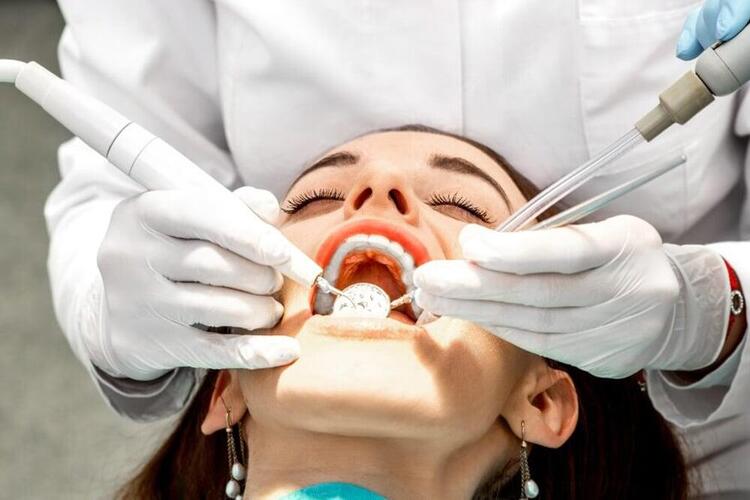Understanding Dental Caries
Early Detection is Key

Types of Dental Caries Treatment
1. Fluoride Treatment
For early-stage cavities, fluoride therapy can help remineralize the enamel and reverse mild decay. Fluoride varnishes, gels, or foams applied at the dental clinic strengthen the tooth structure and make it more resistant to bacterial acids.
2. Dental Fillings
When decay has created a cavity, the most common treatment is a dental filling. The dentist removes the decayed portion of the tooth and fills the area with materials such as composite resin, amalgam, or glass ionomer cement. Tooth-colored composite fillings are widely preferred today for their aesthetic appeal and durability.
3. Root Canal Treatment (RCT)
If the decay has reached the pulp — the inner layer containing nerves and blood vessels — a root canal treatment becomes necessary. During this procedure, the infected pulp is removed, the canal is cleaned, disinfected, and sealed with a filling material. Finally, a dental crown is placed to restore strength and appearance. This treatment saves the natural tooth and prevents extraction.
4. Dental Crowns
For teeth that are extensively decayed or weakened, a dental crown (a tooth-shaped cap) is placed over the treated tooth. Crowns can be made of ceramic, zirconia, metal, or porcelain-fused-to-metal, providing both protection and natural aesthetics.
5. Tooth Extraction and Replacement
In cases of severe decay where the tooth cannot be restored, extraction may be necessary. However, the missing tooth should be replaced with a dental implant, bridge, or denture to maintain oral function and alignment.
Preventing Future Cavities
Dental caries treatment not only restores the damaged tooth but also preserves your overall oral health. Modern dentistry offers painless, effective, and long-lasting solutions to stop tooth decay and rebuild your smile. If you notice signs of cavities or tooth sensitivity, schedule a consultation with your dentist immediately. Early treatment can save your teeth, your comfort, and your confidence.














